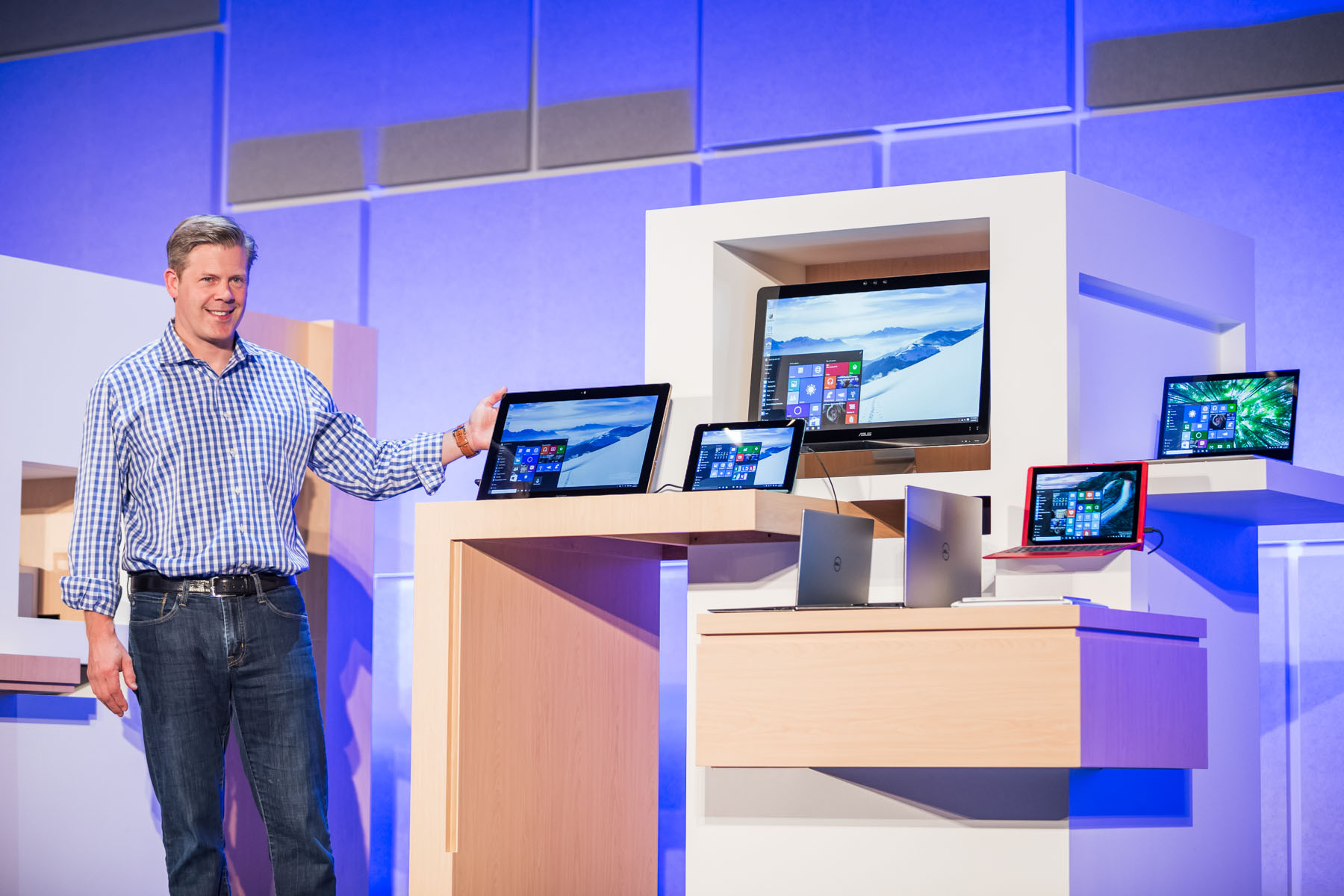Microsoft will end Windows 10 support in exactly one year
Ironically, Windows 10 remains the most widely used operating system worldwide

Microsoft will end support for Windows 10 in exactly one year, marking a significant milestone as the operating system reaches its end-of-life (EOL). This means no more security updates, technical support, or bug fixes. Users continuing with Windows 10 after this date risk increased exposure to security vulnerabilities as the system will no longer be patched.
Notably, the latest data from StatCounter suggest that Windows 10 is still in demand with a 62.7% market share, while Windows 11 has only reached 33% adoption three years after its launch. Meanwhile, Windows 7 continues to have a loyal following, with 2.8% of users sticking with the older operating system.
What Does End of Support Mean?
Once support ends, Microsoft will stop providing security updates, which means any future vulnerabilities discovered in the Windows 10 platform will remain unpatched. This is critical because unpatched systems are highly susceptible to malware, viruses, and other cyber-attack forms. Over time, software, drivers, and even third-party peripherals will gradually stop supporting Windows 10, similar to when Windows XP and Windows 7 reached their EOL.
Additionally, the lack of ongoing updates means system performance could degrade as new hardware and software become incompatible with Windows 10. While antivirus software can mitigate some risks, it won't be able to protect against deep system vulnerabilities at the kernel level.
What are your alternatives?
There are a few alternatives for those still using Windows 10. The most straightforward option is to upgrade to Windows 11, a free update for Windows 10 users with compatible hardware. This option ensures continued access to security updates and new features for years. However, Windows 11 has stricter hardware requirements, so older PCs may not qualify.
If your current device doesn't meet the requirements for Windows 11, buying a new Windows 11 PC is another option. Modern systems will support future updates and advanced features like Copilot+, which leverages AI.
For those who wish to stay on Windows 10 longer, Microsoft will offer paid extended support for an additional three years until October 2028. This option is mainly geared toward enterprise customers, but pricing for individual users is still to be announced. Keep in mind that this support will eventually end as well.
Stay On the Cutting Edge: Get the Tom's Hardware Newsletter
Get Tom's Hardware's best news and in-depth reviews, straight to your inbox.
Switching to alternative operating systems like Linux or macOS is also viable. While Linux distributions are free and can run on most older hardware, they require a learning curve. Alternatively, switching to macOS may be costly but stable, especially if you seek long-term software support.

Kunal Khullar is a contributing writer at Tom’s Hardware. He is a long time technology journalist and reviewer specializing in PC components and peripherals, and welcomes any and every question around building a PC.
-
Heat_Fan89 Well, in my many years of using macOS formerly known as OS X, a Mac typically gets (6-7 yrs) far less support than a Windows based PC.Reply -
Eximo I installed Kubuntu not that long ago. For a Windows replacement, it does alright. Plasma GUI is pretty straightforward, at least for surface stuff. I haven't really dove too deep.Reply
I was just really tired of my Windows 10 installation trying and failing to update itself to Windows 11. Compatible hardware, but the OS started life as Windows 7 and it wasn't configured for Windows 11 requirements. So I just popped in a new drive and started using it with Linux.
At some point I will get around to putting it on my gaming box to see how that goes. I think I will do that when I do my silly Battlemage 'upgrade' -
tommo1982 Does this EoL involve all Win10 builds? I don't recall there being a single deadline. The latest build would get the longest support, so is the article about that? It's pretty vague, to be honest.Reply -
USAFRet Reply
Normal consumer builds, yes. Home and Pro both fall under this.tommo1982 said:Does this EoL involve all Win10 builds? I don't recall there being a single deadline. The latest build would get the longest support, so is the article about that? It's pretty vague, to be honest.
https://learn.microsoft.com/en-us/lifecycle/products/windows-10-home-and-pro -
JohnBonhamsGhost if all users would be losing is security and other updates,Reply
who really cares if "support" ends?
it's not like they are just going to nuke your installation from MS homebase and end use of the system under Win10. -
Eximo I believe paid support is still an option beyond 2025. An increasing annual cost for up to three years.Reply
And Windows Enterprise often sees even longer extended support contract availability. -
DS426 Windows 10 21H2 Enterprise LTSC has an EOL of January 12, 2027. I'm sure many organizations will have at least some of these (ours has one already), but for the average consumer, it's not the easiest license to acquire.Reply
0patch and Linux sound like the best alternatives to me if buying a new Windows 11 PC isn't an option. -
USAFRet Reply
Pretty much any PC built in the last 6-7 years is Win 11 capable.DS426 said:if buying a new Windows 11 PC isn't an option. -
jeffy9987 "Additionally, the lack of ongoing updates means system performance could degrade" haven laughed out loud like that in a whileReply